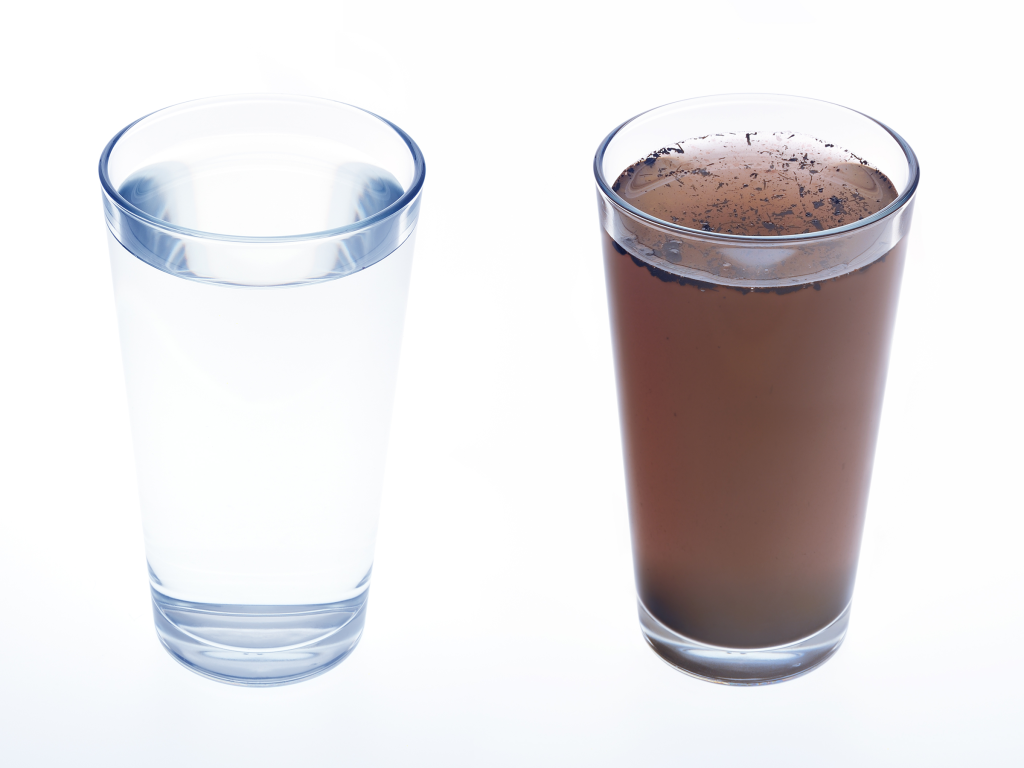
We all rely on water to live. When we think of water “problems” the image of a dry desert often comes to mind. But an abundance of un-usable water is just as problematic for our homes, agriculture and our community’s health.
In Marion County, Indiana, our drinking water comes from two sources – underground aquifers and surface water bodies such as lakes and rivers. These water sources also support our ecosystems – fish, plants, and the many creatures that live nearby.
As we go about our daily life, we often take for granted the complex process that goes on behind the scenes to deliver clean water to our tap. There are the obvious pollution prevention measures come to mind – pick up trash, don’t dump chemicals into our backyard creek, or taking emergency measures if a large amount of chemical is spilled.
Is there more we can do?
And doesn’t the wastewater treatment plant clean the water anyway? In our country, we have implemented many local and federal laws to protecting our water sources and set standards for the harmful substances that might be found water before the public system delivers to consumers (see What is the Safe Drinking Water Act?). The more clean water that can be delivered to the public systems, the lower costs and complexities of maintaining not only treatment infrastructure, but the water collection and delivery systems.
Some common drinking water pollutants that might be overlooked on a daily basis include residential fertilizers and microplastics. These are prime examples of pollutants that have negative impacts before they get to the treatment plants. Let’s follow them.
Fertilizers and pesticides
Improperly applied fertilizer can follow two paths – moving down past plants into groundwater or running over the surface into storm drains and ditches. Excess nutrients from fertilizer can cause harmful algal blooms which make the water toxic for fish life and harder to treat.
Planting native grasses and plants can help reduce the need to use fertilizer, but if you do, follow the instructions and keep in mind good safety practices such as applying fertilizer in the fall rather than the spring. Find more ways to prevent pollution with the Indiana Department of Environmental Management tips on Smart Lawn Care.
Microplastics
Microplastics are tiny particles less than 5mm in size. They come from sources such as broken down clothing that was made from plastic, scratched old plastic containers, single-use plastic bags or Styrofoam. In the home, they can enter the water system through laundering or dishwashing. Not only are the microplastics ingested by aquatic life and transferred up the food chain, but they can attract heavy metals dissolved in water. Because they particles never go away and can escape wastewater treatment plants, they may end up in sewage sludge and ultimately back in our water systems.
Fortunately, homeowners can take simple steps by cutting back the use of plastics – both single use and reusable products. Some uncommon items that include plastics are wet wipes dish scrubbers. Find more ways to get started with these plastic waste reduction suggestions from Earth Day.
There are many alternative approaches and ways of living we may not have thought of, but can slowly start to make a difference in our communities. With only 1% of all water on earth easily accessible for our use, any step we take will help protect our valuable sources today and for our future.
